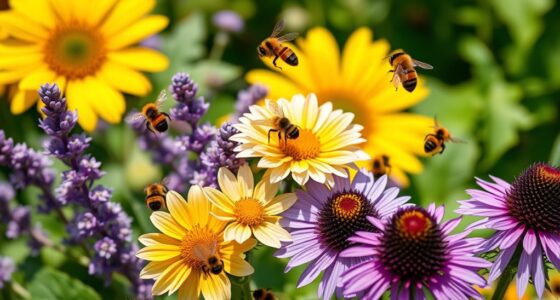Have you ever walked into a room and felt the warmth of life surrounding you? Indoor plants have a unique way of transforming our spaces and evoking feelings of serenity and joy. Among the many options available, the snake plant stands out as a resilient guardian of indoor gardens. But have you considered how the right snake plant companion plants can elevate not only the beauty of your space but also the vibrant ecosystem within it? Choosing the best plants to grow with your snake plant can make all the difference, creating a breathtaking display that thrives harmoniously. This guide will explore some engaging snake plant companion planting ideas that will leave your indoor garden bursting with life and aesthetics.
Key Takeaways
- Choosing appropriate snake plant companion plants enhances aesthetics and health.
- Companion plants can improve the overall growth environment for your snake plant.
- Creating a balanced plant community leads to thriving indoor gardens.
- Consider light, water, and space requirements when selecting companions.
- Harmonious plant pairings can boost your indoor gardening experience.
Understanding Snake Plants
As you delve into the world of indoor gardening, it’s important to understand what makes the snake plant a popular choice among plant enthusiasts. Known scientifically as Dracaena trifasciata, this resilient plant offers both beauty and functionality for your living space.
What Are Snake Plants?
Snake plants are hardy houseplants that feature long, sword-like leaves that stand erect, creating a striking visual impact. These plants thrive in diverse environments, making them ideal for both homes and offices. Their capability to tolerate neglect when it comes to watering makes them a favorite among busy individuals.
Characteristics of Snake Plants
The characteristics of snake plants include their upright growth habit, which can reach heights of up to four feet. The leaves, typically variegated with shades of green and yellow, contribute to their aesthetic appeal. Snake plants are also renowned for their air-purifying qualities, effectively filtering toxins from indoor air, thus enhancing your living environment.
Benefits of Having Snake Plants
Incorporating snake plants into your home comes with numerous benefits. These plants not only improve air quality but also require minimal maintenance. You can enjoy their unique beauty without the pressure of constant care. Additionally, having snake plants can brighten up any room and complement various interior design themes.
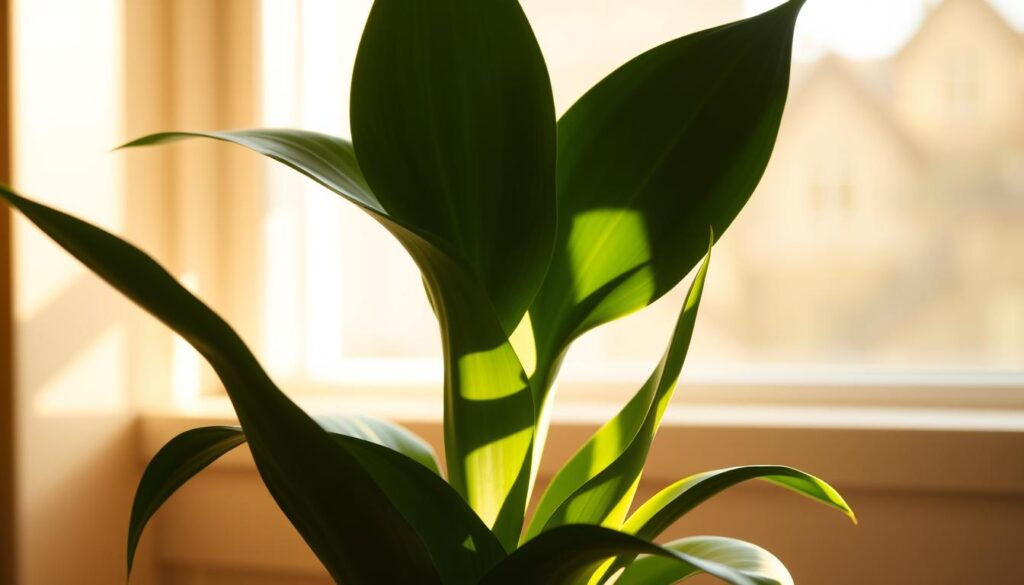
Why Choose Companion Plants?
Choosing companion plants offers a multitude of benefits for your indoor garden. These plants not only create a visually stunning display but also contribute essential advantages that promote the growth of your snake plant and other greenery. Understanding how companion plants work together can lead to a thriving ecosystem in your home.
Advantages of Plant Companionship
One of the primary advantages of companion plants is their ability to create a balanced environment. When you pair plants with complementary needs, they can support each other’s growth. This relationship can lead to improved pest management, as some plants repel harmful insects while others attract beneficial pollinators. The diversity of your plant selection can also contribute to better air quality, making your space healthier to breathe.
How Companion Plants Enhance Growth
Companion plants enhance plant growth through mutual benefits, such as sharing light and moisture. For instance, a taller plant may provide shade and wind protection for shorter plants, allowing them to thrive. Additionally, the combination of different root systems can lead to healthier soil and access to various nutrients. By strategically selecting companion plants, you can improve the overall health of your snake plant and support its optimal growth.

Ideal Conditions for Snake Plants
Creating the ideal conditions for snake plants is essential to their health and longevity. These resilient plants can thrive in various environments, making them a favorite among indoor gardeners. Understanding their specific requirements can help ensure they flourish in your home.
Light Requirements
Snake plants prefer bright, indirect sunlight but are quite adaptable. These plants can survive in low-light conditions, although their growth may slow down. Positioning them near a window, while avoiding direct harsh sunlight, will yield the best results.
Watering Needs
Meeting the watering needs of snake plants is straightforward. They require infrequent watering, as their roots can easily rot if left sitting in wet soil. Allow the soil to dry out completely between waterings, typically every 2-6 weeks, depending on humidity and temperature.
Soil Preferences
When selecting soil, opt for a well-draining potting mix. A blend designed for succulents or cacti will work wonders, preventing the roots from being submerged in moisture. This choice helps avoid issues like root rot while supporting the plant’s natural growth.
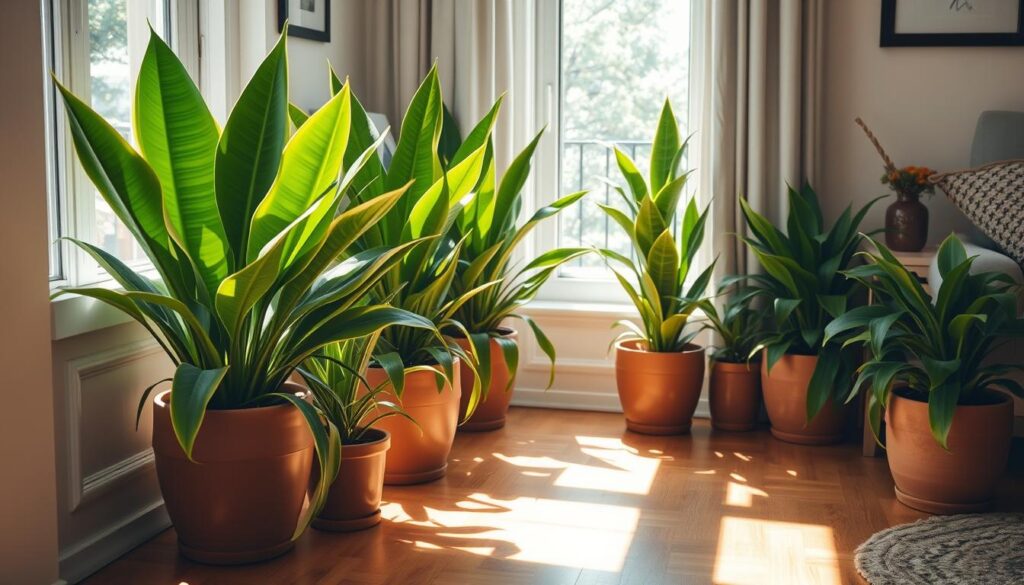
Top Companion Plants for Snake Plants
Choosing the best plants to grow with snake plant can enhance your indoor gardening experience significantly. Selecting top companion plants not only beautifies your space but also provides beneficial interactions among the plants. Snake plant companion plants for indoor gardening should align in care requirements, promoting a harmonious environment.
Pothos
Pothos is a fantastic choice among snake plant companion plants. This resilient vine thrives in similar lighting conditions as the snake plant, making it a great match. You will notice improved air quality, as pothos works wonders in filtering indoor air. Its trailing vines create an attractive contrast and can complement the vertical growth of your snake plant beautifully.
ZZ Plant
ZZ plants are excellent for areas with low light, making them ideal partners for snake plants. Like snake plants, they require minimal watering, which helps reduce the risk of overwatering—an important consideration for any indoor gardener. The glossy leaves of the ZZ plant add a shiny touch to your plant collection, providing visual appeal.
Peace Lily
Incorporating a peace lily can offer an elegant contrast to your snake plant. While it does require a bit more moisture than snake plants, it thrives in indirect light and often enjoys a similar environment. The stunning blooms of the peace lily can add a delightful pop of color, enhancing the overall aesthetic of your indoor garden.

Low-Light Companion Plants
When it comes to finding the right low-light companion plants for your snake plant, two excellent choices stand out: the Cast Iron Plant and the Spider Plant. Both thrive in low-light conditions, making them perfect additions to your indoor garden.
Cast Iron Plant
The Cast Iron Plant, known scientifically as Aspidistra elatior, earns its name for a good reason. This hardy plant can withstand neglect and low light, bringing life to shadowy corners of your home. It features lush, green foliage that adds a touch of elegance while also filtering the air, making it an ideal companion for snake plants. Add a Cast Iron Plant to your collection and enjoy its *forgiving nature* and aesthetic appeal.
Spider Plant
The Spider Plant, or Chlorophytum comosum, is another remarkable option for those looking to pair with snake plants. Its long, arching leaves provide a striking contrast to the upright structure of snake plants. Spider Plants thrive in similar conditions, making them perfect for snake plant companion plants for low light conditions. In addition to their beauty, they are known for excellent air-purifying abilities, further enhancing your indoor space’s ambiance.
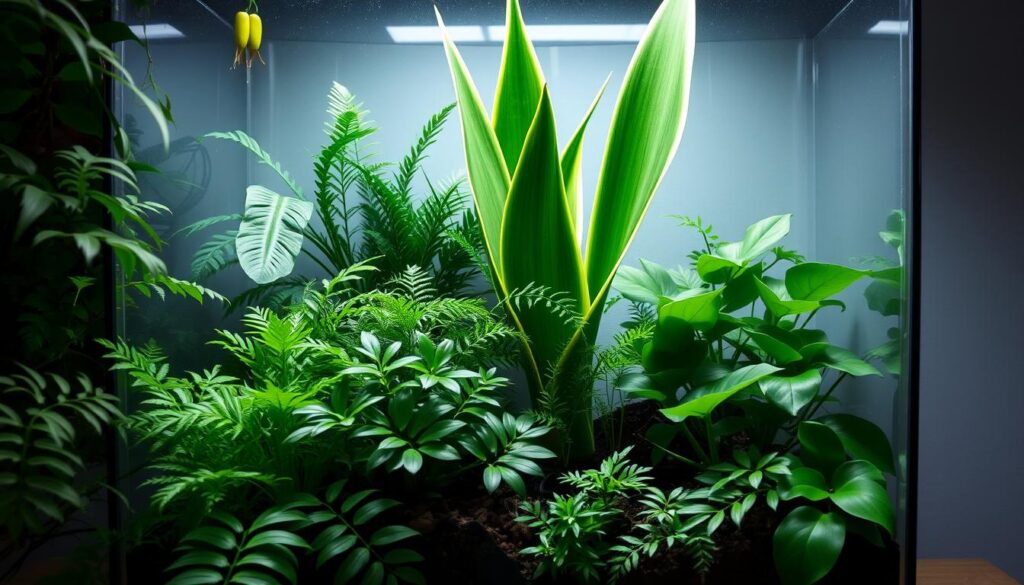
High-Humidity Companion Plants
If you want to create a lush and thriving indoor garden, consider adding high-humidity companion plants to your collection. These varieties not only flourish in moisture-rich environments but also enhance the overall beauty of your space while benefiting your snake plant companions. Two standout choices include ferns and Calathea, each offering unique advantages for your humidity-loving plants.
Ferns
Ferns are well-known for their preference for high humidity and can be a perfect match for snake plant companion plants for humidity. With their delicate fronds and diverse varieties, ferns introduce texture and elegance to your indoor garden. They appreciate the moist air that your snake plants may not fully utilize, allowing them to coexist harmoniously.
Calathea
Calathea plants are celebrated for their stunning, patterned leaves, adding a pop of color to your home. Not only do they contribute to a vibrant atmosphere, but they also help maintain humidity levels, ensuring that your snake plants thrive alongside them. Pairing Calathea with snake plants creates a visually appealing arrangement while supporting the localized humidity needed for both plant types.
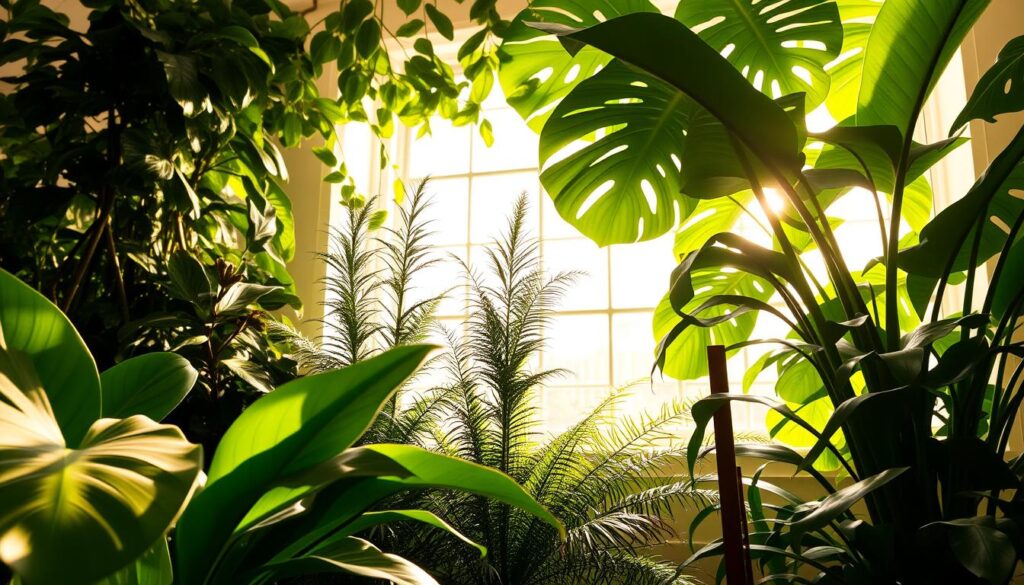
Considerations for Planting Together
When embarking on the journey of companion planting, several considerations play a vital role in achieving a harmonious indoor garden. Careful attention to growth patterns and size requirements can significantly influence the overall success of your plant arrangement.
Growth Patterns
Understanding the growth patterns of your chosen plants is essential for creating a thriving environment. For snake plants, which typically grow upright and can reach impressive heights, consider pairing them with companions that fill the space without overwhelming them. Plants that trail, like Pothos or small ferns, can complement the vertical growth of snake plants effectively, adding visual interest without competing for space. By recognizing how each plant grows, you can design arrangements that not only look good but also promote healthier growth among all involved.
Size and Space Requirements
Paying attention to size and space requirements can significantly improve plant health. Snake plants, being quite robust, need adequate room for their roots to spread and for air circulation. Opt for companion plants that have compatible root systems and won’t either crowd or suffocate the snake plant. Creating layers in your arrangement—placing taller plants in the back and shorter ones in front—can maximize both light exposure and aesthetic appeal. This strategic placement ensures that all plants thrive and enjoy their space, contributing positively to the overall garden dynamic.
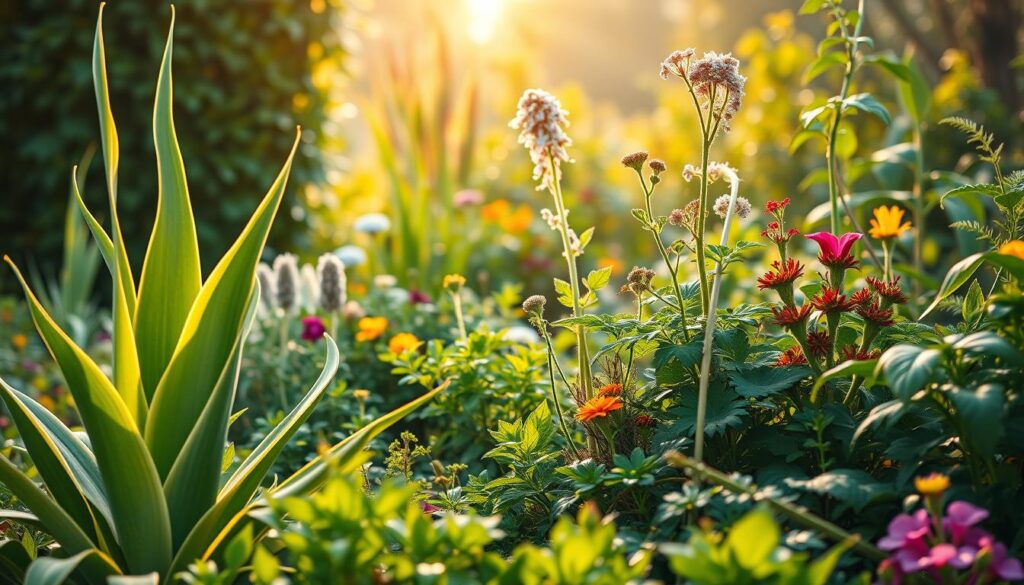
Companion Plant Pairings to Avoid
When setting up your indoor garden, understanding plant compatibility is crucial. Not all plants work harmoniously together, and some companion plant pairings to avoid can lead to setbacks in your gardening journey. Recognizing these incompatibilities can save you both time and effort.
Understanding Plant Negativity
Certain plants clash due to differing requirements. For instance, a moisture-loving Aloe Vera does not thrive alongside a snake plant, which prefers drier conditions. This mismatch creates an environment where one or both plants may struggle to survive. Being aware of these distinct needs helps create a favorable environment for all your plants.
Signs of Incompatibility
Keep an eye out for signs that indicate your plants may not be getting along. Symptoms like stunted growth, yellowing leaves, or even wilting can suggest that your plants are experiencing stress from their association. Documenting these changes can provide insights into which companion plant pairings to avoid in the future.
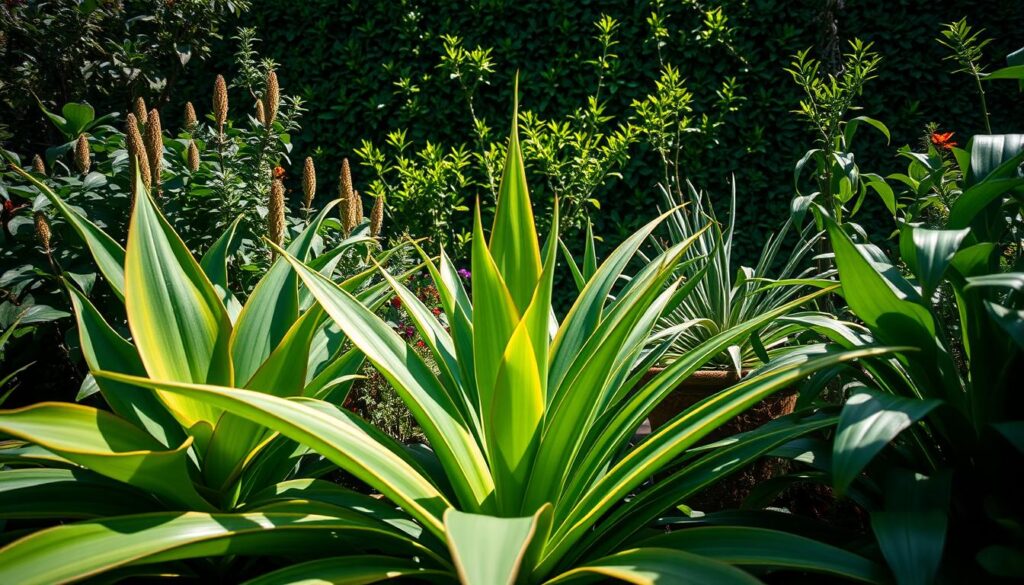
Caring for Snake Plants and Companions
Effective caring for snake plants and their companion plants involves understanding a few essential practices. These practices include proper watering techniques, thoughtful fertilizing tips, and regular maintenance tasks to ensure your green friends thrive.
Watering Techniques
When it comes to watering snake plants, the key is to wait until the top layer of soil feels dry. Water deeply but infrequently, allowing excess liquid to drain. Overwatering can lead to root rot, so always check the soil moisture before adding water. Using a moisture meter can help you gauge when it’s time to water your plants.
Fertilizing Tips
Applying a balanced, diluted fertilizer during the growing season can benefit snake plants and their companions. It provides necessary nutrients, helping them flourish. Aim to fertilize every four to six weeks, ensuring not to over-fertilize, which can lead to leaf burn. Selecting organic fertilizers may promote healthy growth without harmful chemicals.
Pruning and Maintenance
Regular pruning of dead or yellowing leaves contributes to a healthier environment for both snake plants and their companions. This practice encourages new growth and reduces the risk of pest infestations. Maintaining general cleanliness around your plants also helps prevent insect issues. Consider inspecting leaves regularly and removing any debris that may accumulate in the pot area.
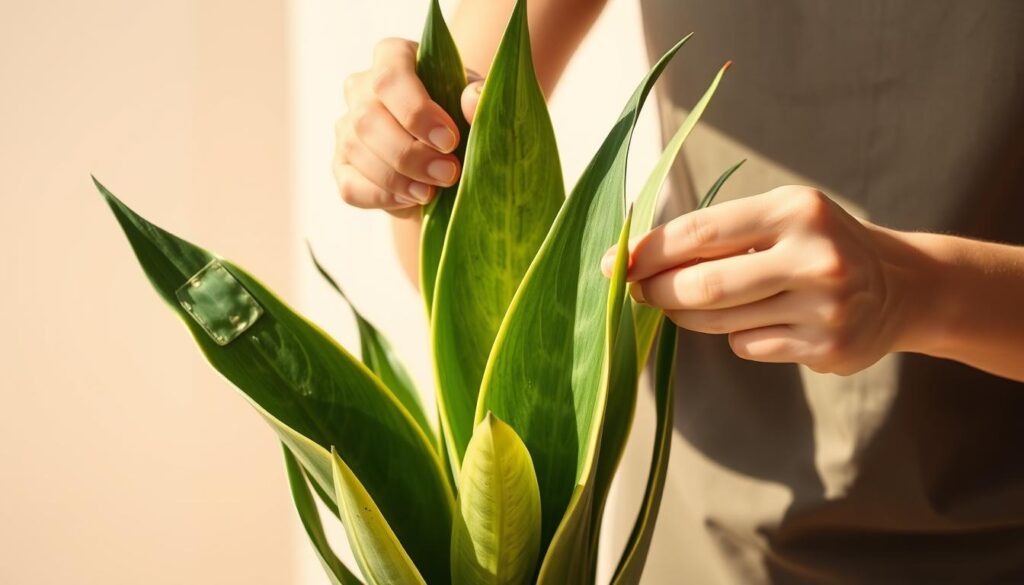
Seasonal Care for Snake Plant Companions
Understanding the seasonal care for snake plants and their companions is essential for promoting health and growth. As the seasons change, you’ll find that adjustments for different seasons can greatly enhance the flourishing of your plants. Being mindful of their specific needs during spring, summer, fall, and winter can contribute significantly to their overall wellbeing.
Spring and Summer Care
During spring and summer, you’ll notice an increase in growth due to longer days and warmer temperatures. This period calls for more frequent watering. It’s crucial to ensure that the soil remains slightly moist but not waterlogged. Placing your snake plants in bright, indirect sunlight fosters vibrant growth, and you might want to consider rotating your pots to keep lighting even across all sides.
Fall and Winter Adjustments
As fall transitions into winter, your approach to care must change. Growth in snake plants tends to slow down significantly. Reducing your watering regimen is necessary; the soil should dry out more between waterings to prevent root rot. Utilize lower light conditions during this time to mimic the natural environment, which will help your plants adapt to the cooler months.
| Season | Watering Frequency | Light Exposure |
|---|---|---|
| Spring | Every 1-2 weeks | Bright, indirect light |
| Summer | Every 1-2 weeks | Bright, indirect light |
| Fall | Every 2-3 weeks | Indirect light |
| Winter | Every 3-4 weeks | Low, indirect light |
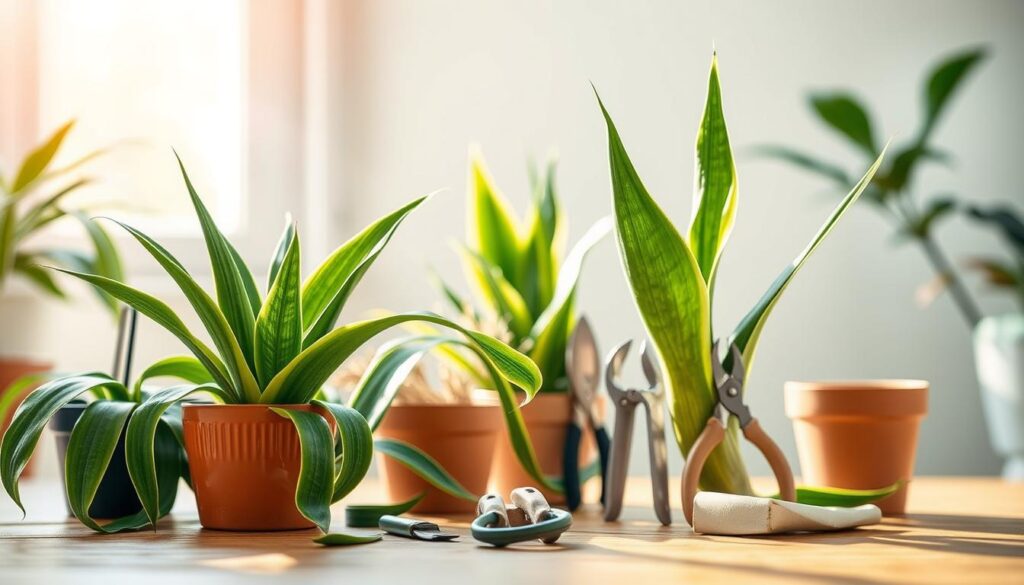
DIY Arrangements with Companion Plants
Creating stunning displays with snake plants and their companions can bring life and vibrancy to your home. When designing your DIY arrangements, consider using the “thriller, filler, and spiller” technique. This method involves selecting taller plants as the focal point (the thriller), medium-sized plants to fill in the space (the filler), and trailing plants to spill over the edges (the spiller). This combination creates a visually appealing look that captivates attention while ensuring that each plant thrives.
Creating Stunning Displays
By thoughtfully pairing companion plants with your snake plants, you can enhance the overall design of your indoor garden. Mixing various textures and colors will elevate your arrangements. Experiment with different plant combinations to find what suits your style best. Dark green foliage of the snake plant complements the lighter greens of companions like Pothos or Peace Lily, resulting in a stunning contrast. Choose pots that fit your aesthetic while considering the needs of each plant.
Potting Techniques
Good potting techniques play a vital role in ensuring that your plants thrive in DIY arrangements. Begin with a well-draining soil mix to promote healthy root growth. When potting, make sure each plant has adequate space to develop, avoiding overcrowding. Using pots with drainage holes prevents water buildup, which can lead to root rot. Layering clay pebbles at the bottom can further enhance drainage, creating a conducive environment for your stunning plant displays.

Resources for Plant Lovers
Expanding your knowledge about plants can significantly enhance your indoor gardening experience. Valuable resources for plant lovers include various books and guides that delve into the intricacies of plant care, focusing specifically on popular varieties such as snake plants. These books for indoor gardening not only provide practical tips but also inspire creativity in arranging your companion plants.
Books and Guides
Consider exploring titles such as “The House Plant Expert” by Dr. D.G. Hessayon or “Indoor Gardening” by T.C. Kelsey. These publications cover essential topics such as potting, watering, and sunlight requirements, helping you develop a well-rounded understanding of indoor plants. Additionally, many books offer insights on choosing the best companion plants for your existing collection, ensuring harmonious growth and aesthetics.
Online Communities
You can find an abundance of support and inspiration in online plant communities. Platforms like Reddit, Facebook groups, and dedicated gardening forums allow you to connect with fellow enthusiasts. These online plant communities are excellent for sharing experiences, asking questions, and discovering new techniques. Engaging with such groups can help you enrich your gardening skills while forming connections with like-minded individuals.
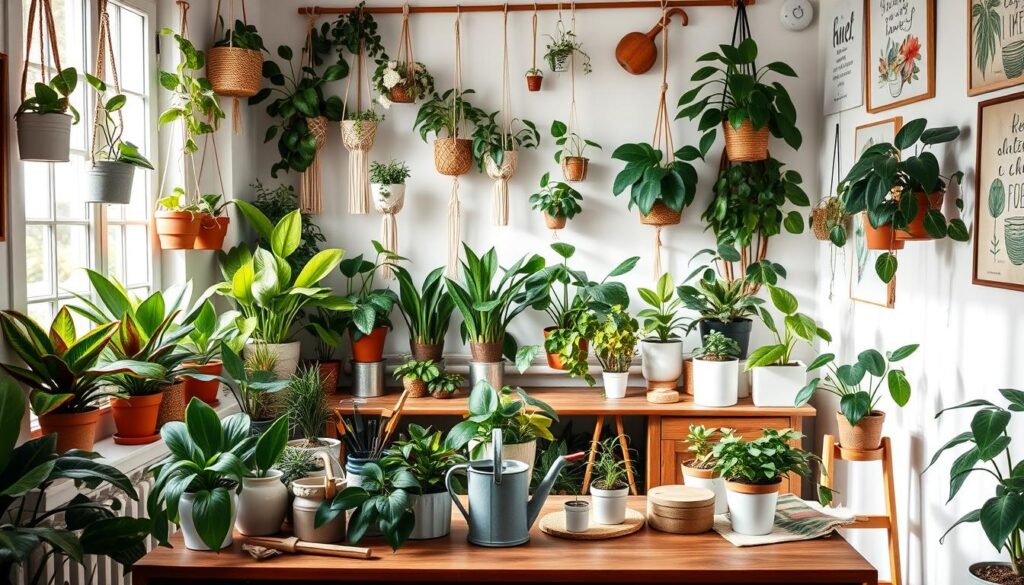
Conclusion: Creating a Thriving Indoor Garden
As you embark on your journey to cultivate a thriving indoor garden, it’s important to recognize the numerous benefits that companion plants bring to your snake plant. These harmonious pairings not only enhance the aesthetic appeal of your living space but also contribute to improved air quality and the overall health of your plants.
Summarizing Companion Plant Benefits
Selecting the right companion plants can amplify your snake plant’s growth and resilience, making it easier for you to create an environment that flourishes. The compatible companions you choose will work to complement the unique needs of your snake plant, providing support as you nurture your indoor oasis.
Your Next Steps for Planting
Your next steps for planting involve carefully evaluating which plants align best with your space and preferences. Consider their care requirements, including light and watering needs, and plan to arrange them thoughtfully. Enjoy every moment of this process, watching your indoor garden thrive season after season.




